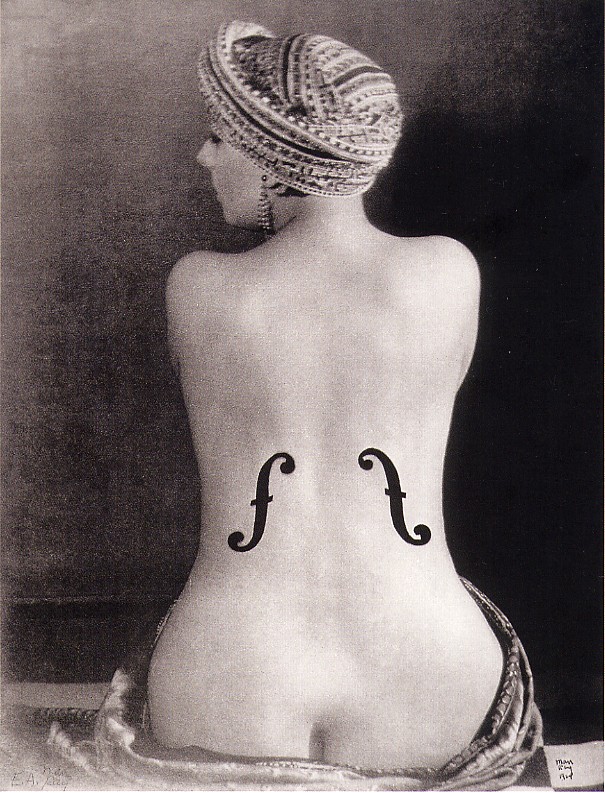Comparing the extravagance of Carla Bruni and Marie-Antoinette reminded me of another sordid tale of conspicuous consumption from The Daily Mail, which got its facts from that august nexus of science and celebrity gossip, the British Medical Journal. A study published last December in the BMJ found toxic concentrations of gold and mercury in the remains of Diane de Poitiers, mistress of the 16th-century French king, Henry II . Diane likely succumbed to the French nobility’s predilection for drinking elixir of gold (think of it as a bling smoothie) in hopes of preserving eternal youth.
Diane de Poitiers was “drop-dead gorgeous,” according to The Daily Mail. A portrait from her youth by an unknown artist (left) and her last portrait (right) show how closely the skull from the dig fitted her image. Experts believe she died from gold poisoning:
When French experts dug up the remains of Diane de Poitiers last year, they found high levels of gold in her hair.
Since she was not a queen and did not wear a crown, scientists said it was hard to see how jewellery could have contaminated her hair and body.
Experts now say she probably consumed drinkable gold, believed at the time to preserve youth and treat a host of other ailments.
The French court believed gold harnessed the power of the Sun, which would be transferred to the drinker. Alchemists often acted as apothecaries and prescribed solutions made up of gold chloride and diethyl ether. These were popular at the French Court.
It is very likely Diane de Poitiers was killed by her desire to look young. Unusually she was 20 years older than her royal lover.
Contemporary reports mention the famed beauty had an unusually white face without the need for makeup and that she looked as fresh as a 30-year-old when she was over twice that age.
French forensic experts who analysed her bones found traces of mercury, which was used in the preparation of gold remedies. The noble was famed for her athleticism but her remains also revealed she suffered from thinning hair and fragile bones, which are common symptoms of chronic gold intoxication.
The body of the French king’s favourite was only discovered in 2008. After the king’s death Diane de Poitiers had been banished from court by his widow Catherine de’Medici to the chateau in Anet given to her by the king.
She died there, aged 66, in 1566 and was buried in a grand tomb in a specially built funeral chapel. However her grave was desecrated during the French Revolution and her body flung into a common grave outside the chateau’s walls.
Scientists Joel Poupon and Philippe Charlier, who usually works in hospital morgues in Paris, worked together to identify de Poitiers in the recently opened Normandy grave.
The bones belonged to someone of her age and athletic physique. Crucially one of the legs revealed a healed fracture - de Poitiers was reported to have broken her leg in a riding accident.
Now French revolutionaries and modern scientists are finished with de Poitiers, her remains will soon be returned to their original resting place in the chateau tomb.

 If there is an emerging genetic underclass, I could run for class president or class clown. Read more in
If there is an emerging genetic underclass, I could run for class president or class clown. Read more in ![Fog at Isle Royale [Source: wildmengoneborneo.com] Fog at Isle Royale [Source: wildmengoneborneo.com]](../wp-content/uploads/2008/04/isle_royale_fog.jpg) "Brendan, this is what the world looks like all the time to me. Just a little fog. It’s a fine day for boating on the Great Lakes.” Without missing a stroke he turned to dart a skeptical glance at me. Brendan the Navigator. When we named him I didn’t tell his mother everything the legendary Irish name implied. But I imagined him taking on the role of navigator for me. Growing up with Coastal Survey charts and tales of Great Lakes shipwrecks, he came to know Superior as another home. He never doubted the wisdom of canoeing there with a father who was half blind.
"Brendan, this is what the world looks like all the time to me. Just a little fog. It’s a fine day for boating on the Great Lakes.” Without missing a stroke he turned to dart a skeptical glance at me. Brendan the Navigator. When we named him I didn’t tell his mother everything the legendary Irish name implied. But I imagined him taking on the role of navigator for me. Growing up with Coastal Survey charts and tales of Great Lakes shipwrecks, he came to know Superior as another home. He never doubted the wisdom of canoeing there with a father who was half blind. 
![Charlotte Casiraghi in a red dress. [Source: Stylophile] Charlotte Casiraghi in a red dress. [Source: Stylophile]](../wp-content/uploads/2008/02/charlotte_casiraghi_red_dress.jpg) When I figured out who Charlotte Casiraghi was, I realized that I once sent a poem to her mother.
When I figured out who Charlotte Casiraghi was, I realized that I once sent a poem to her mother.  The legendary Kiki of Montparnasse posed for Man Ray’s
The legendary Kiki of Montparnasse posed for Man Ray’s 
1 Comments
#1. roberta 02.26.2010
very interesting.
Leave a Comment